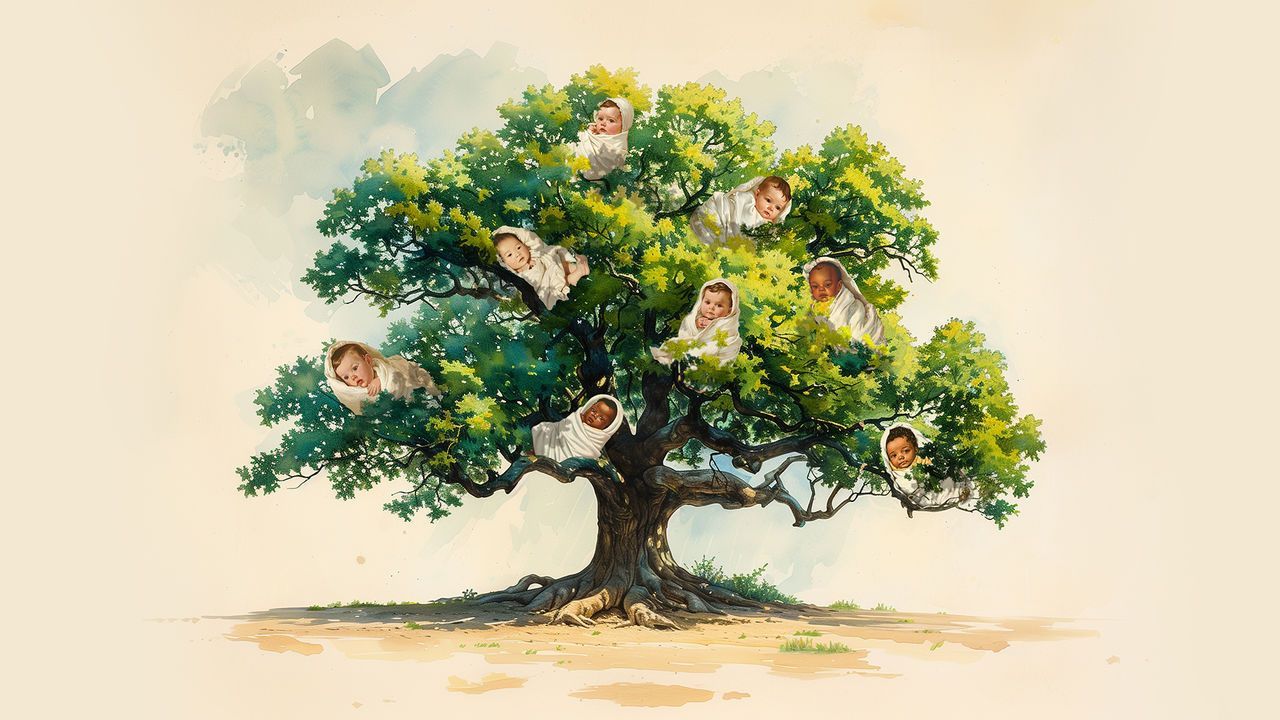Can the rich world escape its baby crisis?
 T hree decades ago, when women now entering their 40s became fertile, East Asian governments had reason to celebrate. If a South Korean woman behaved in the same way as her older compatriots, she would emerge from her childbearing years with 1. 7 offspring on average, down from 4. 5 in 1970. Across the region, policymakers had brought down teenage pregnancies dramatically. The drop in birth rates, which occured over the span of a single generation, was a stunning success. That was until it carried on. And on.
T hree decades ago, when women now entering their 40s became fertile, East Asian governments had reason to celebrate. If a South Korean woman behaved in the same way as her older compatriots, she would emerge from her childbearing years with 1. 7 offspring on average, down from 4. 5 in 1970. Across the region, policymakers had brought down teenage pregnancies dramatically. The drop in birth rates, which occured over the span of a single generation, was a stunning success. That was until it carried on. And on.
A South Korean woman who is now becoming fertile will have on average just 0. 7 children over her childbearing years if she follows the example of her older peers. Since 2006 the country’s government has spent $270bn, or just over 1% of GDP a year, on babymaking incentives such as tax breaks for parents, maternity care and even state-sponsored dating. Officials would love even just a few of the “missing” births back.
Now for the hard part
If Vanke collapses, so might confidence in the state’s management of the economy
Without improvements, it risks wasting trillions of rupees
A source: www.economist.com/finance-and-economics/2024/05/21/can-the-rich-world-escape-its-baby-crisis


 Advertising on our project is a great way to promote a brand and attract new customers for your company!
Advertising on our project is a great way to promote a brand and attract new customers for your company!  AUD: 0.6659 $
AUD: 0.6659 $  CAD: 0.7307 $
CAD: 0.7307 $  CHF: 1.1152 $
CHF: 1.1152 $  CNY: 0.1376 $
CNY: 0.1376 $  EUR: 1.0689 $
EUR: 1.0689 $  GBP: 1.2657 $
GBP: 1.2657 $  JPY: 0.0062 $
JPY: 0.0062 $  RUB: 0.0114 $
RUB: 0.0114 $ 




























